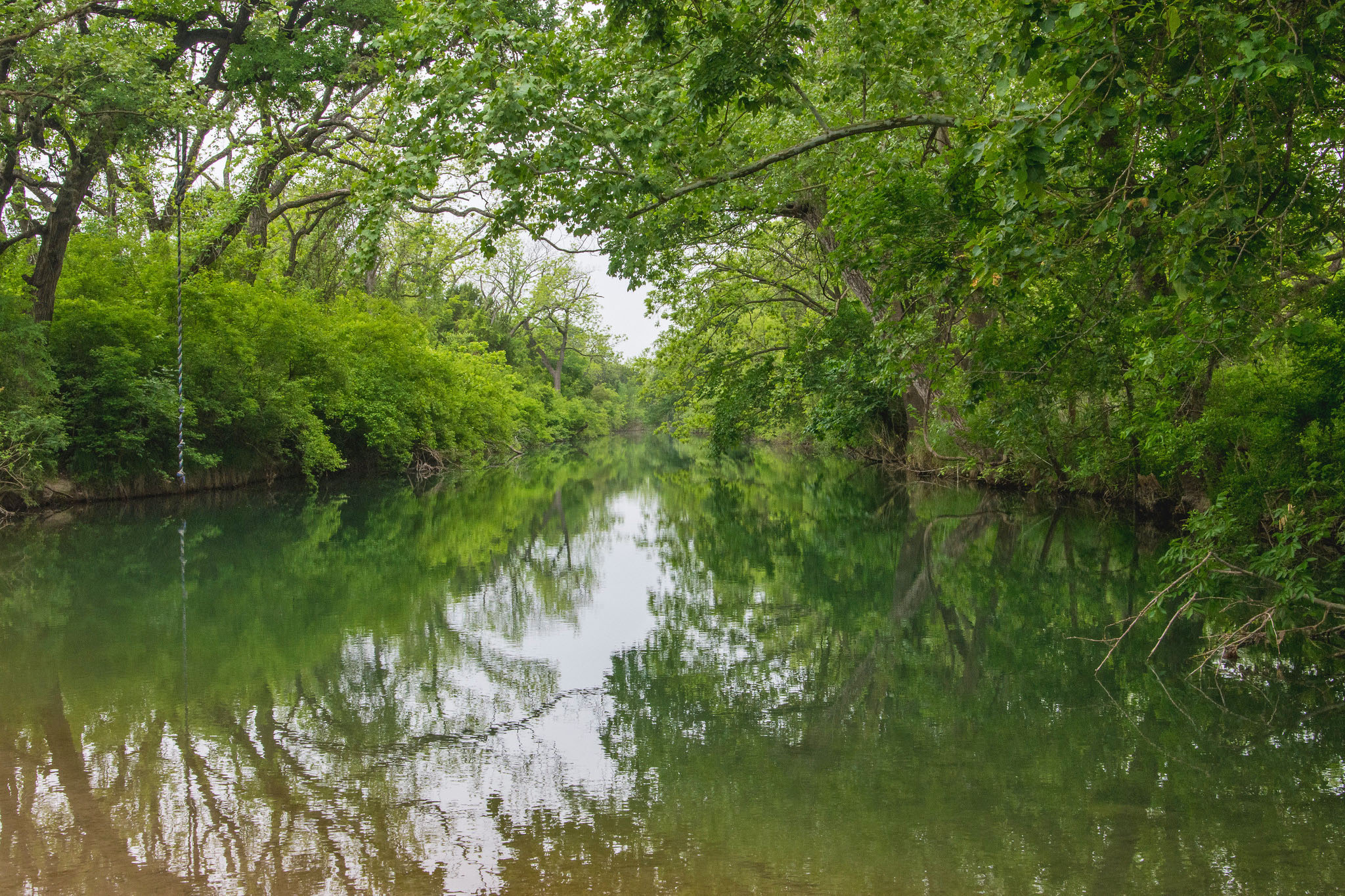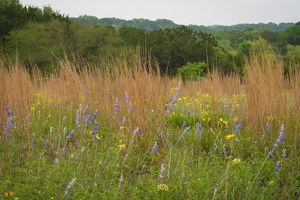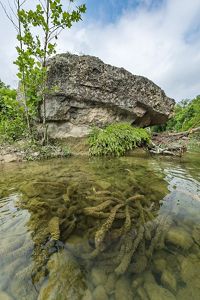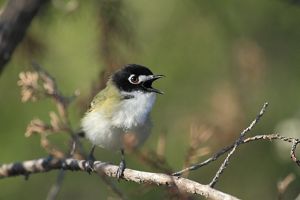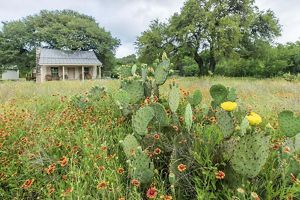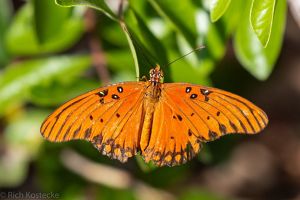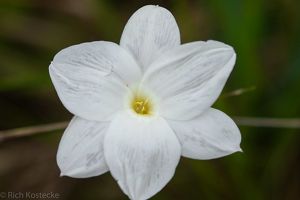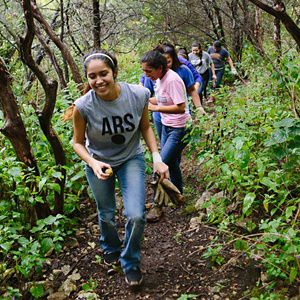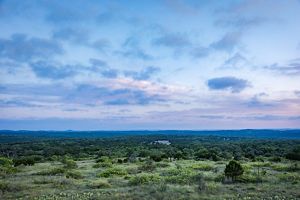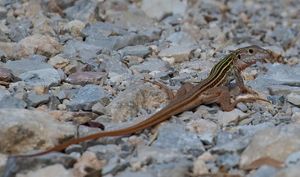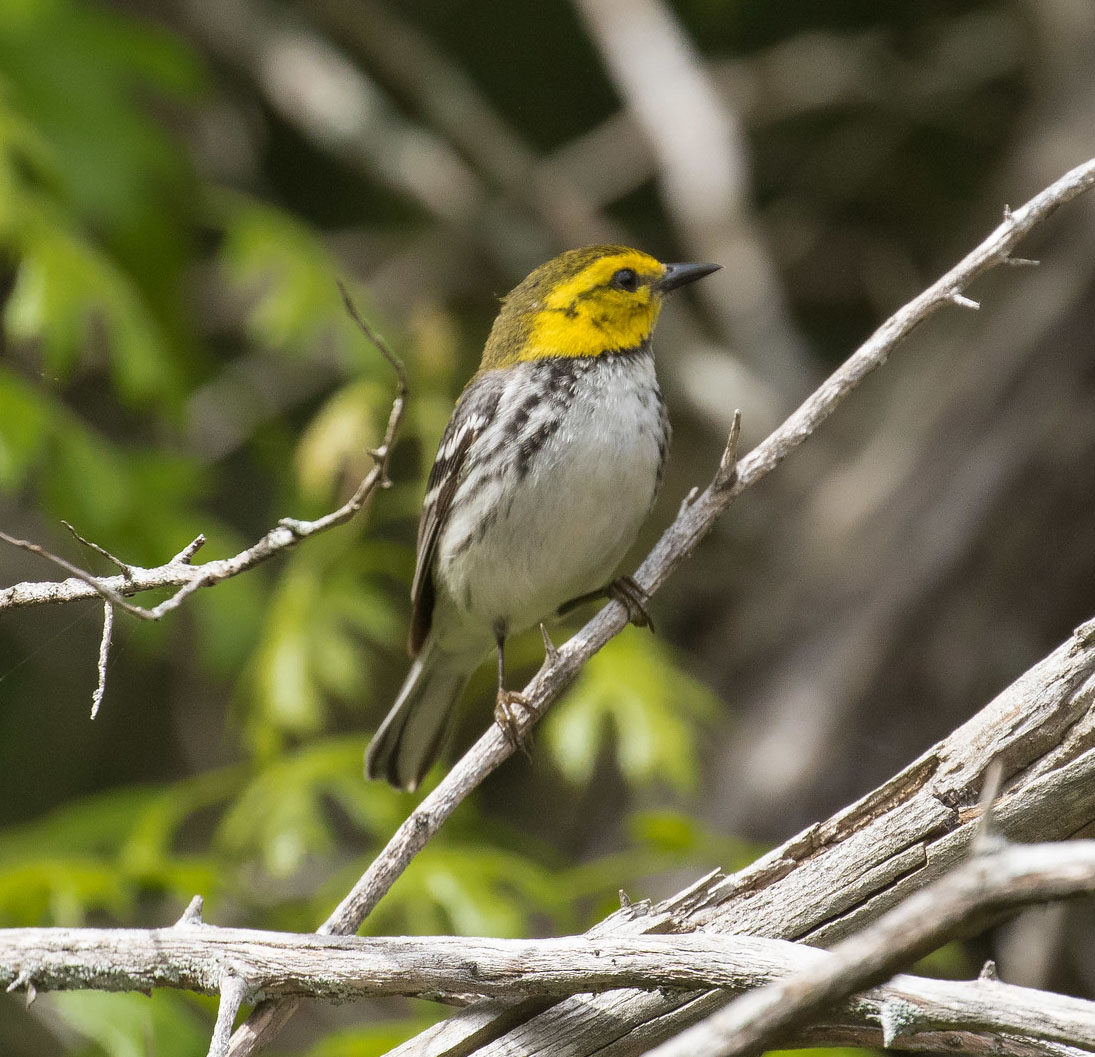Description
Nestled within southwest Travis County, The Nature Conservancy's (TNC) Barton Creek Habitat Preserve is a step off the beaten path, encompassing more than 4,000 acres of pristine natural landscape and four miles of Barton Creek frontage. These waters flow through the preserve and end approximately 16 miles later at iconic Barton Springs, replenishing the Edwards Aquifer—the primary source of drinking water for two million Central Texans—along the way. Additionally, the preserve’s limestone canyons and tree-lined hills provide habitat for an incredible diversity of Texas species; in fact, the preserve was originally acquired through the Endangered Species Act to protect two migratory songbirds: the federally endangered golden-cheeked warbler and the black-capped vireo. Sitting just a few miles from downtown Austin, this natural gem feels an entire world away.

